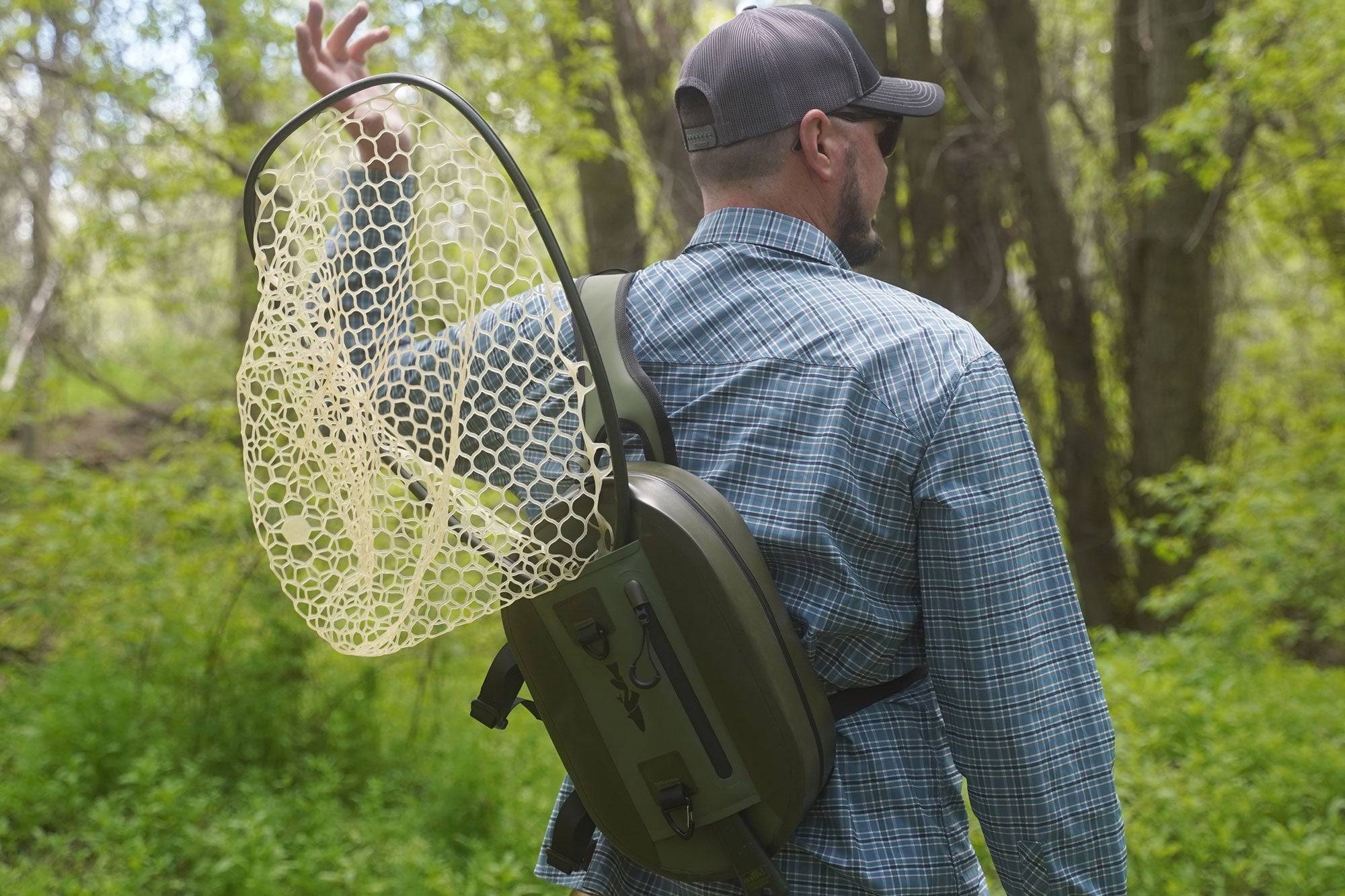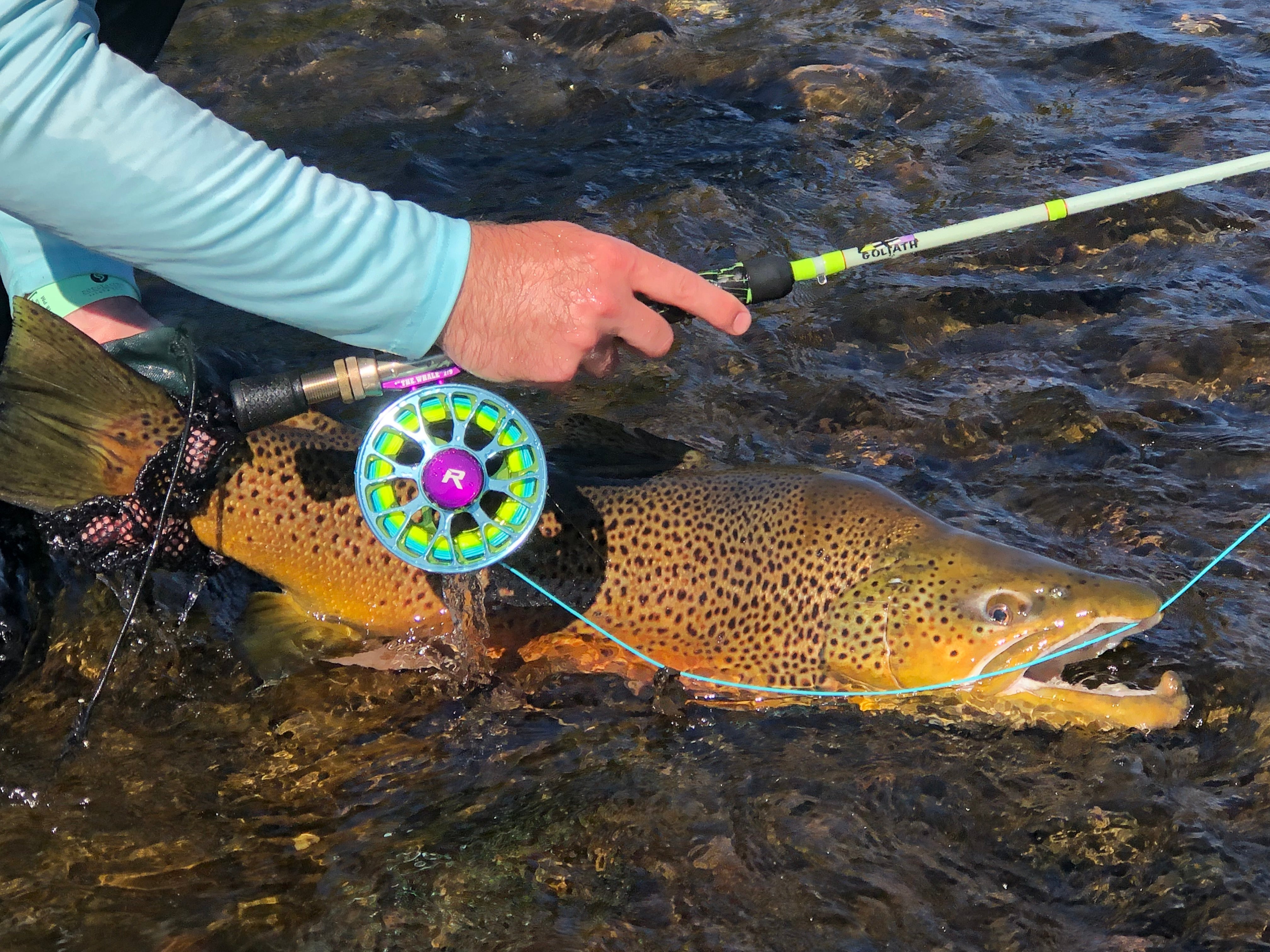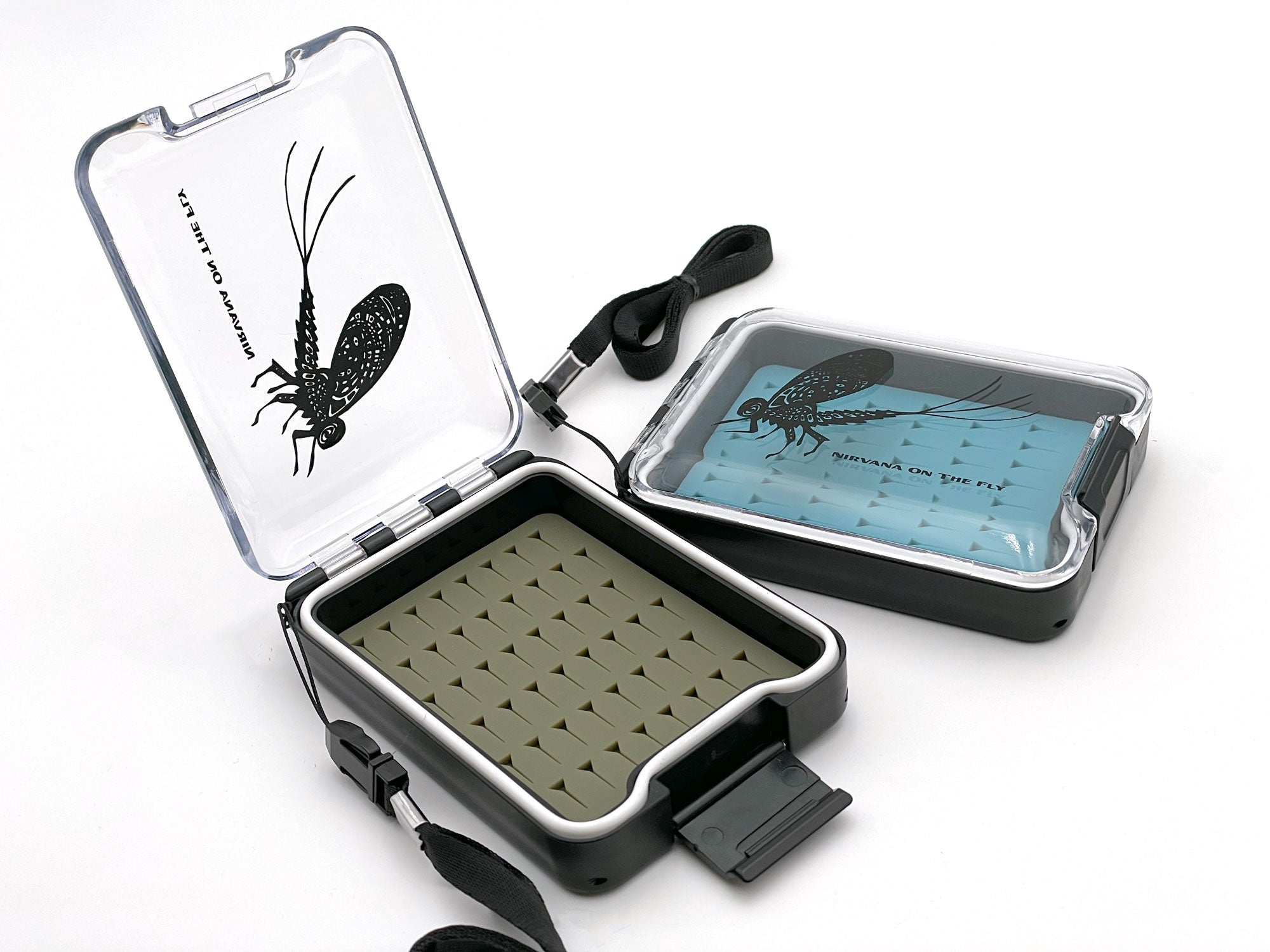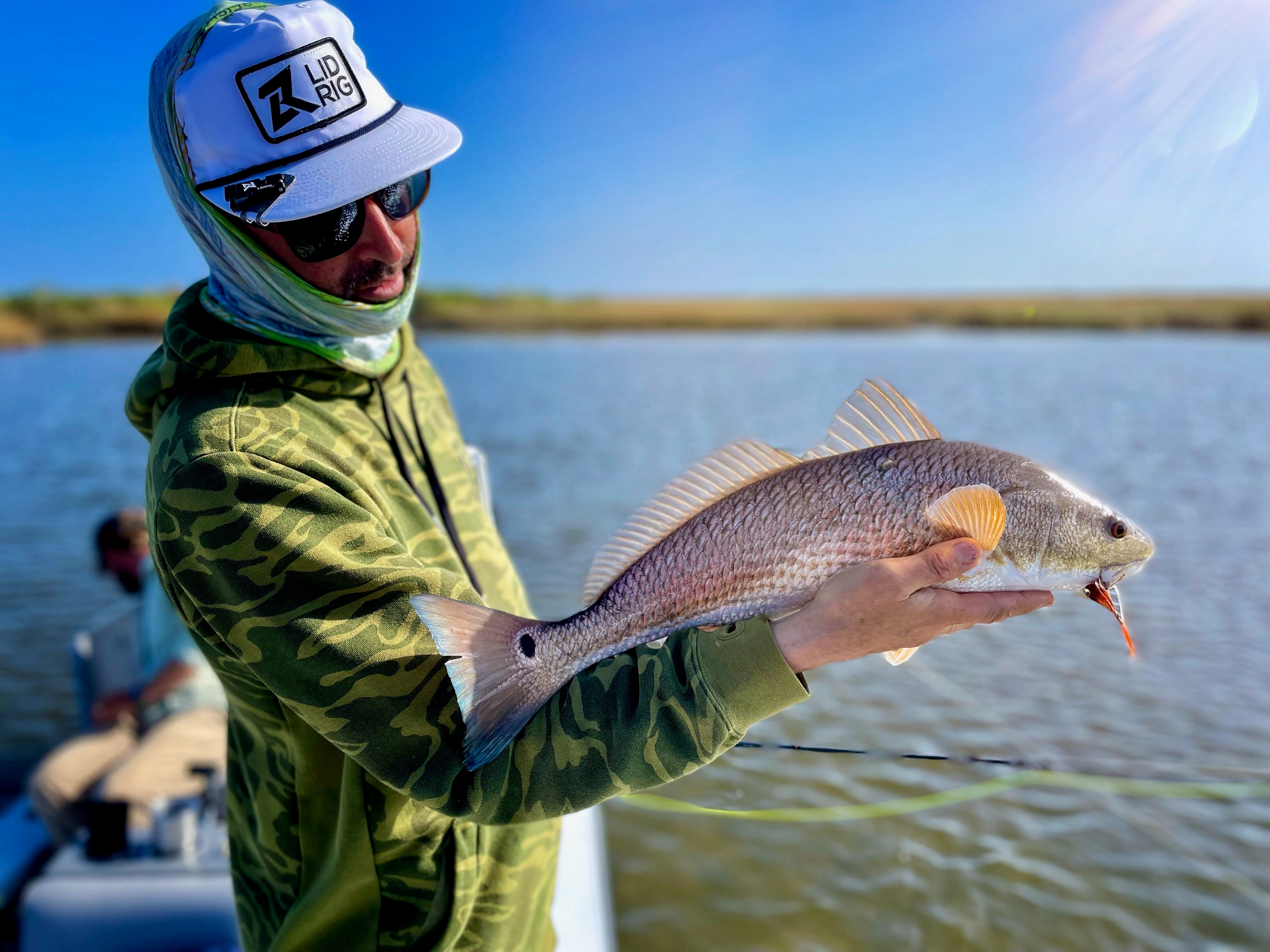History of Permit Fly Fishing
Permit fly fishing has evolved significantly over the decades. Initially, the challenge was to simply catch a Permit on a fly rod, a feat that was rare and highly celebrated. Over time, as tackle and techniques improved, the focus shifted to consistently catching larger specimens and understanding their behaviors. For example, in the Florida Keys, pioneering anglers like Del Brown revolutionized Permit fishing in the 1980s by developing crab-pattern flies, significantly increasing the success rate.
Detailed Biology and Evolution of the Permit
Physical Adaptations: The Permit's body is designed for speed and maneuverability. Its laterally compressed body and large, sickle-shaped tail provide both quick acceleration and the ability to make sharp turns – crucial for both hunting prey and evading predators.
Evolutionary Path: The evolutionary path of the Permit likely involved adapting to a variety of prey types and predators, leading to its current versatile hunting strategies and habitats. They evolved to feed on bottom-dwelling creatures, which is why they are often found in shallow flats where crabs and other crustaceans are abundant.
In-depth Behavioral Characteristics
Spawning Behavior: During the spawning season, usually in spring, Permit migrate offshore to deeper waters. Here, they engage in a spawning ritual where females release eggs and males fertilize them in open water. This behavior ensures a high rate of dispersion for their offspring.
Daily Habits: Permit are diurnal, meaning they primarily feeding during daylight hours. Anglers often observe them tailing in shallow waters, which indicates they are feeding on bottom-dwelling prey.
The Allure of Fly Fishing for Permit
Skill and Patience: Successfully catching a Permit on a fly requires immense skill, patience, and understanding of the fish's behavior. Anglers often spend hours searching for Permit and must make an accurate, delicate cast to avoid spooking the fish. The key is to capitalize when you actually do see the elusive creatures.
Memorable Catches: Many anglers recall their first Permit catch as a milestone moment. For example, catching a Permit in the challenging flats of Belize, where the fish are known to be particularly wary, is a noteworthy achievement.
My First Permit
Conservation and Sustainability
Ecosystem Importance: Permit are considered a keystone species in their habitats. They play a crucial role in controlling the population of crustaceans and other small marine animals, thereby maintaining the ecological balance.
Global Efforts: Conservation efforts for Permit include initiatives like the Bonefish & Tarpon Trust’s work in the Caribbean and North America, focusing on habitat protection and scientific research to better understand the species' needs.
Locations for Permit
Florida Keys: Known as the 'Permit Capital,' it offers vast flats and clear waters ideal for sight fishing. The region’s ecosystem provides a perfect habitat for Permit, with abundant crabs and shallow waters.
Belize: Offers a unique fly fishing experience with its extensive flats and mangrove creeks. The Permit here are known for their size and abundance.
Mexico: Just across the way from Belize are similar waters and numbers containing Permit
Preparing for a Permit Fly Fishing Trip
Tactical Planning: Understanding the tidal movements and their effect on Permit feeding patterns is crucial. For example, incoming tides in Belize’s flats often bring Permit into shallow waters to feed.
Local Knowledge: Hiring a local guide can be invaluable. They provide insights into the Permit's daily patterns, preferred habitats, and local weather conditions. Enough can’t be said about the local knowledge that guides have. They are aware of locations and importantly, how often they are fished.
The pursuit of Permit through fly fishing is a rich and rewarding experience that combines skill, patience, and respect for the natural world. Each catch is a testament to the angler's understanding of this elusive species, making Permit one of the most revered fish in the sportfishing community. They may not necessarily be the most difficult fish to catch but they certainly have earned that allure. Regardless, a Permit on a fly rod is an awesome experience and will put you in a mindset to continue the pursuit.
Here's a list of seven frequently asked questions (FAQs) commonly associated with fly fishing for Permit:
- What is the best time of year to fly fish for Permit?
Answer: The best time can vary depending on location, but generally, the peak season for Permit is during the warmer months, typically from March through November. However, in tropical regions like Belize or the Florida Keys, Permit can be caught year-round. The more important aspects are wind and water clarity.
- What are the most effective fly patterns for catching Permit?
Answer: Crab and shrimp patterns are the most effective for Permit. Popular choices include the Merkin Crab, Raghead Crab, and Del’s Permit Crab. The key is to match the local prey in size and color. I prefer a white crab in a small size with yellow dumbbell eyes, a small light tan Flexo Crabs or a medium spawning shrimp with yellow or red dumbbell eyes.
- How important is stealth in Permit fishing?
Answer: Extremely important. Permit are very wary fish, and they spook easily. Stealthy approach, careful wading, and precise, gentle casting are crucial to avoid alarming the fish.
- What type of gear do I need for fly fishing for Permit?
Answer: A 9-10 weight fly rod, a reel with a strong drag system, and a floating line are typically recommended. You'll also need leaders that are strong enough to handle the fight but subtle enough not to spook the fish.
- What is the average size of a Permit caught on a fly?
Answer: The average size can vary by location, but generally, Permit caught on fly range between 10 to 25 pounds. However, fish over 30 pounds are not uncommon, especially in areas like the Florida Keys. A Permit the size of a large goldfish is still a Permit…they don’t come easy.
- Can I catch Permit from shore, or do I need a boat?
Answer: Both are possible. Permit can be targeted while wading in shallow flats, which is a common approach in places like Belize and the Bahamas. However, using a flats boat can increase your range and access to deeper water where larger Permit may be found. With a boat spotting from a far and following them while they are unaware can be a fantastic approach method.
- What are some tips for a first-time Permit angler?
If you liked this article I have another one that is similar for Bonefish that you'll enjoy.
Bonefish: A Mysterious and Alluring Catch for Fly Fishing | Fly Fishing Insider
Want to target Permit and have a really good chance of picking one up. This article I've written on Belize provides insight into one of my favorite locations. I hope to see you there!

By Christian Bacasa
Host of the Fly Fishing Insider Podcast
www.ffipodcast.com
@flyfishinginsiderpodcast
@dupeafish






